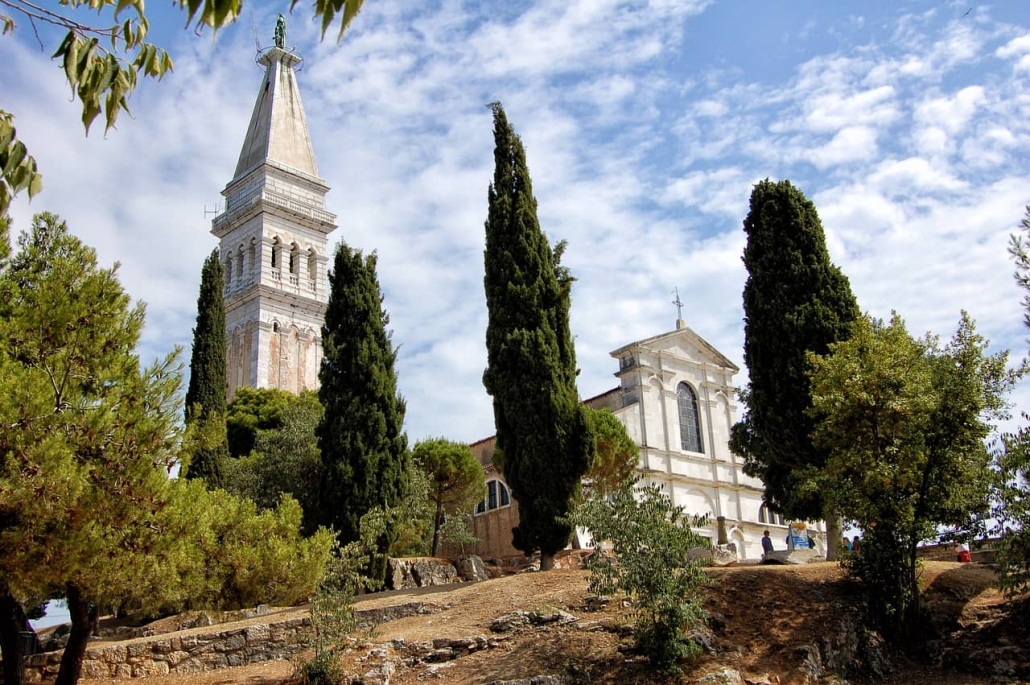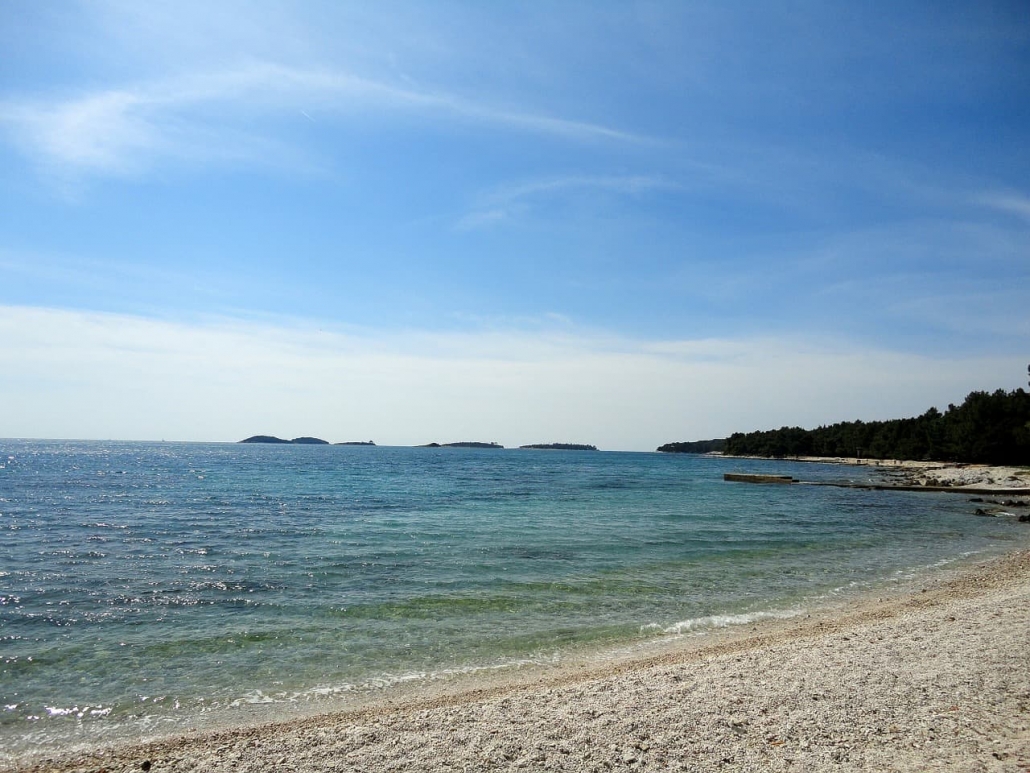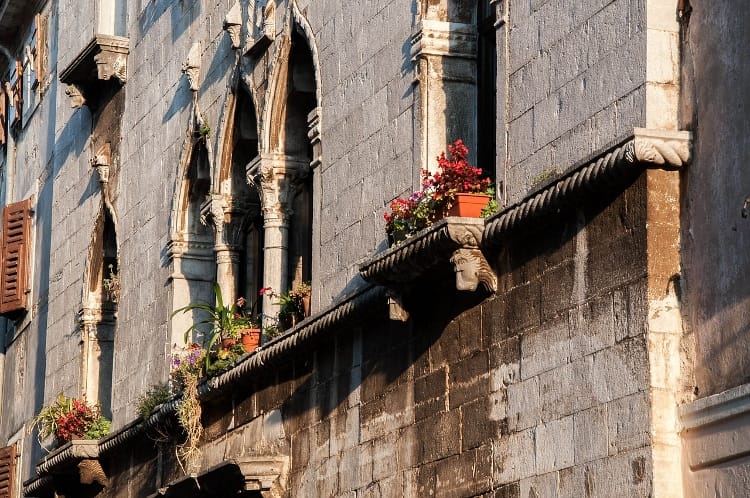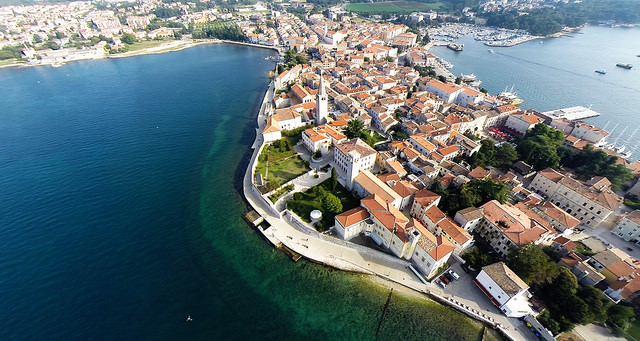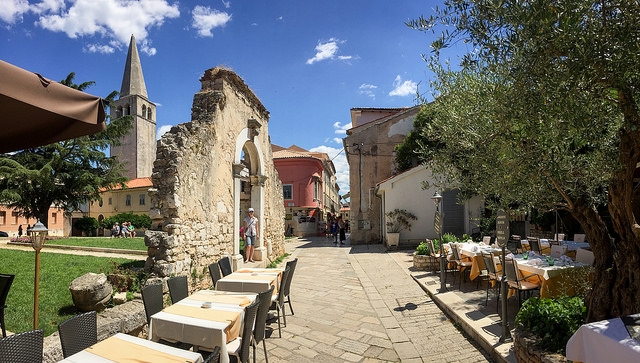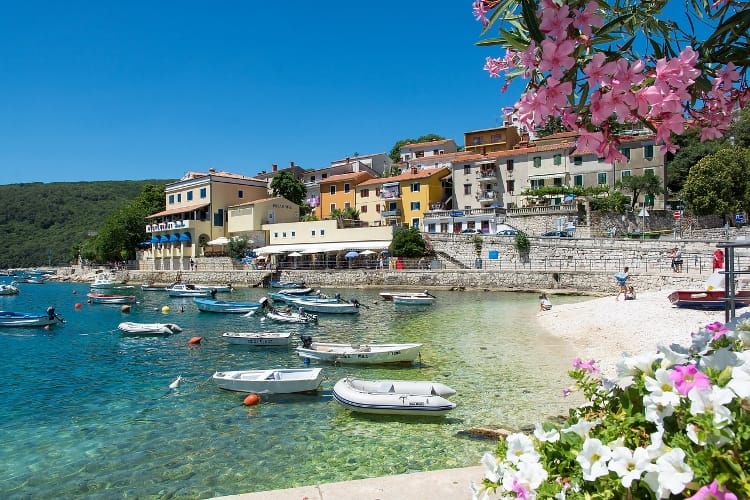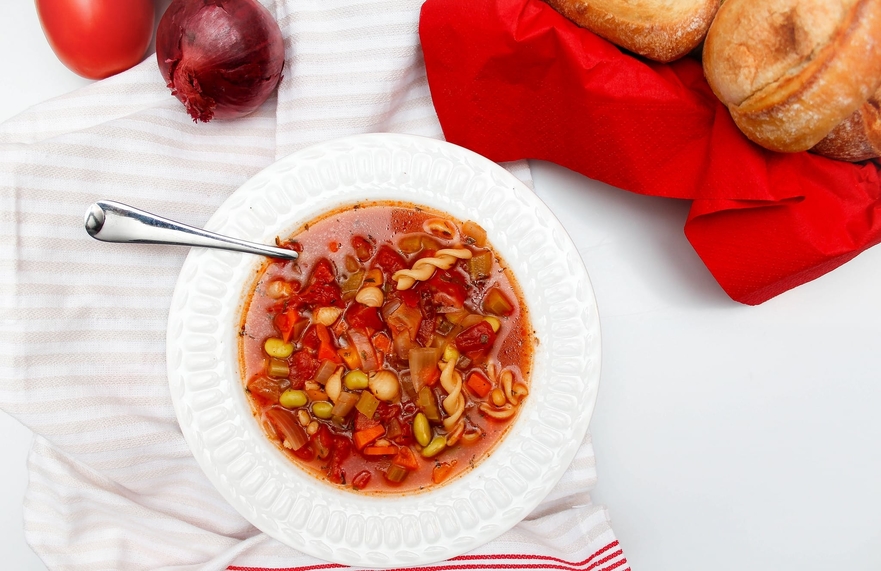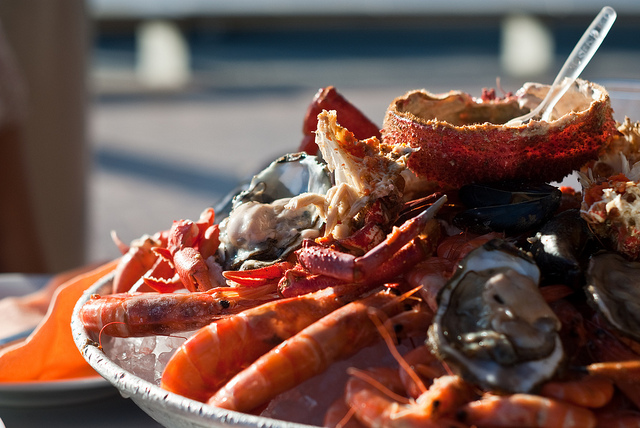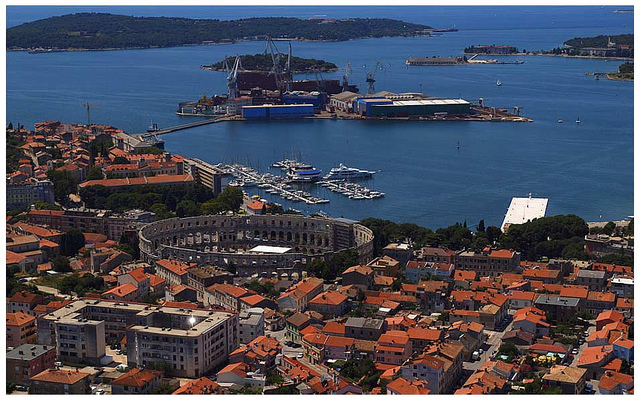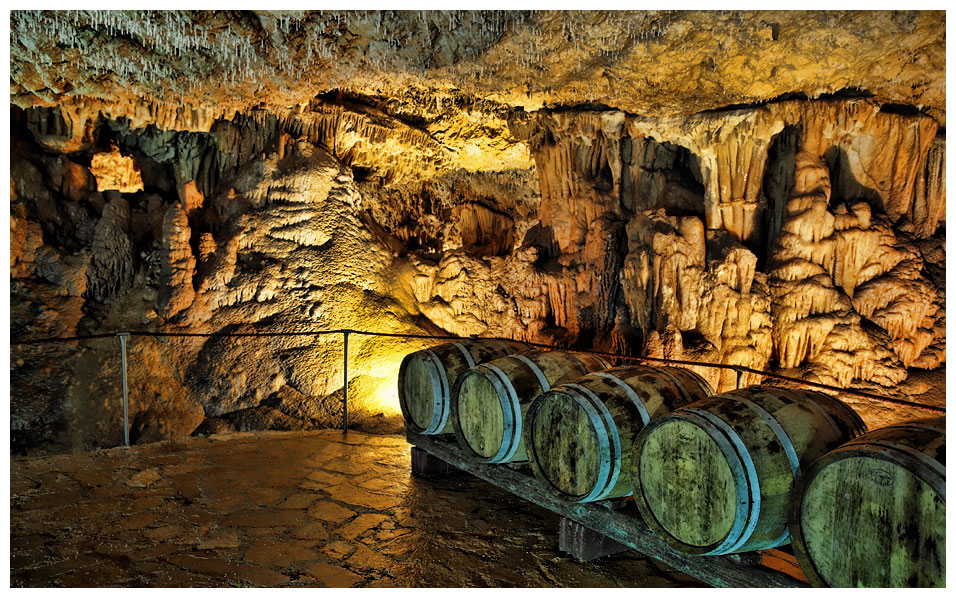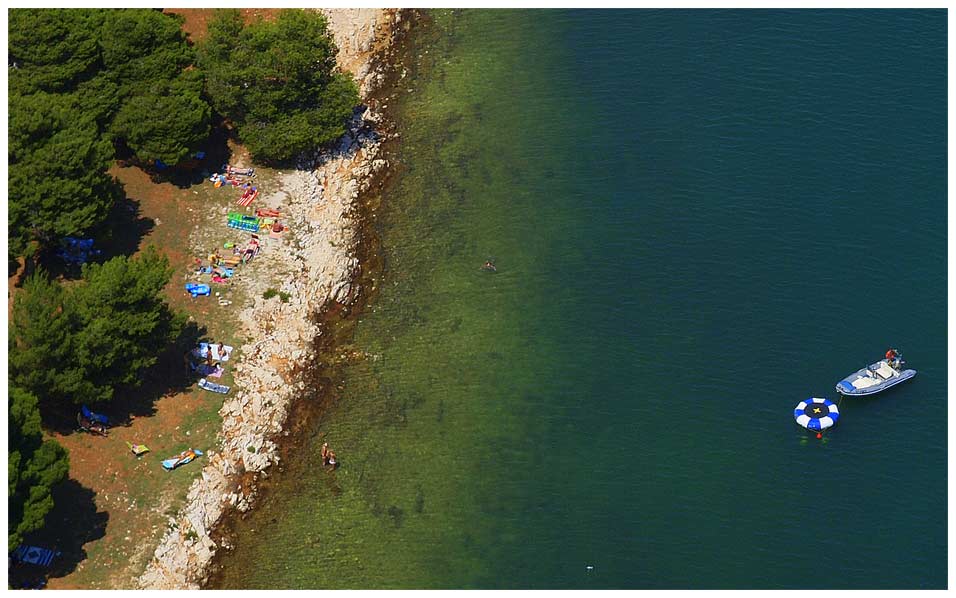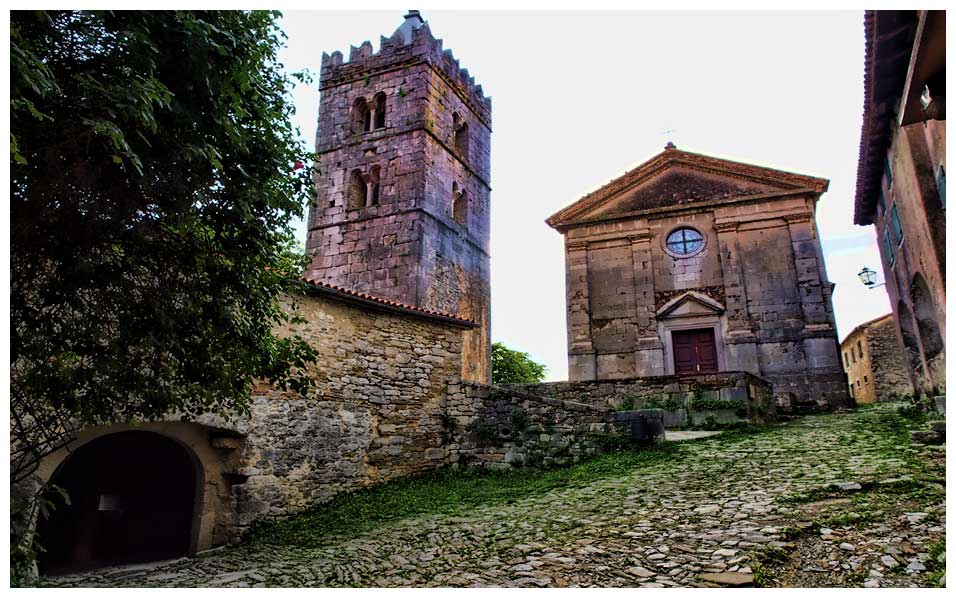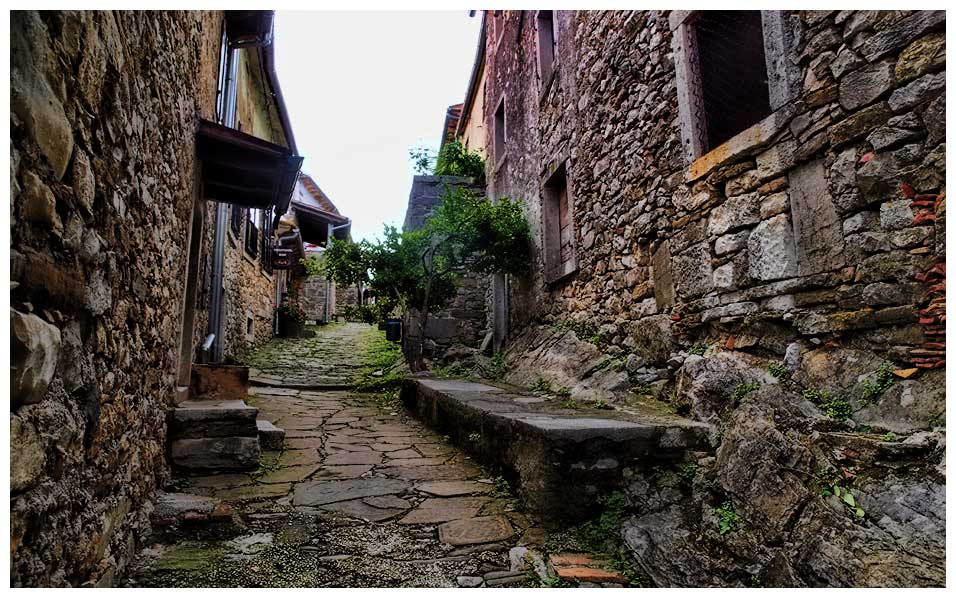Motovun is located in central Istria and it is one of Istria’s most beautiful settlements. Motovun is a best-preserved medieval village, surrounded by truffle-rich forest, which provides the key ingredient for top local restaurants here. Motovun delicacy is a truffle. Where you can taste it and what you can visit in Motovun read below.

About truffles and muzzles
Truffles are neither an animal species nor a mineral, as it was believed in the past. Truffles are a variety of edible fungi growing underground, mostly besides roots of trees. Hidden underground just like a real treasure, they usually grow from the size of a cherry up to the size of an apple. The valuable nuggets in the past allegedly used to reach Gods and witches, while today anyone can enjoy it.
Truffles are picked solely after they are ripe. The search by a professional truffle hunter, while the truffles are found by trained dogs with a subtle sense of smell. After the dog indicates the truffle position by digging with his paws, the truffle hunter carefully digs out the fungi taking care not to damage it. The most famous finding site in Croatia is the valley of the river Mirna in Istria where is Motovun.
Exotic taste
Truffles can also be described as gourmet fungi because their fragrance is tart, intensive, earthy securing a unique flavor. It is not easy to do describe the truffles aroma, but they can make with pate, meat and even chocolate. The gourmands agree that truffle is the pinnacle of gastronomy, but have not yet agreed whether it is a food or a spice.
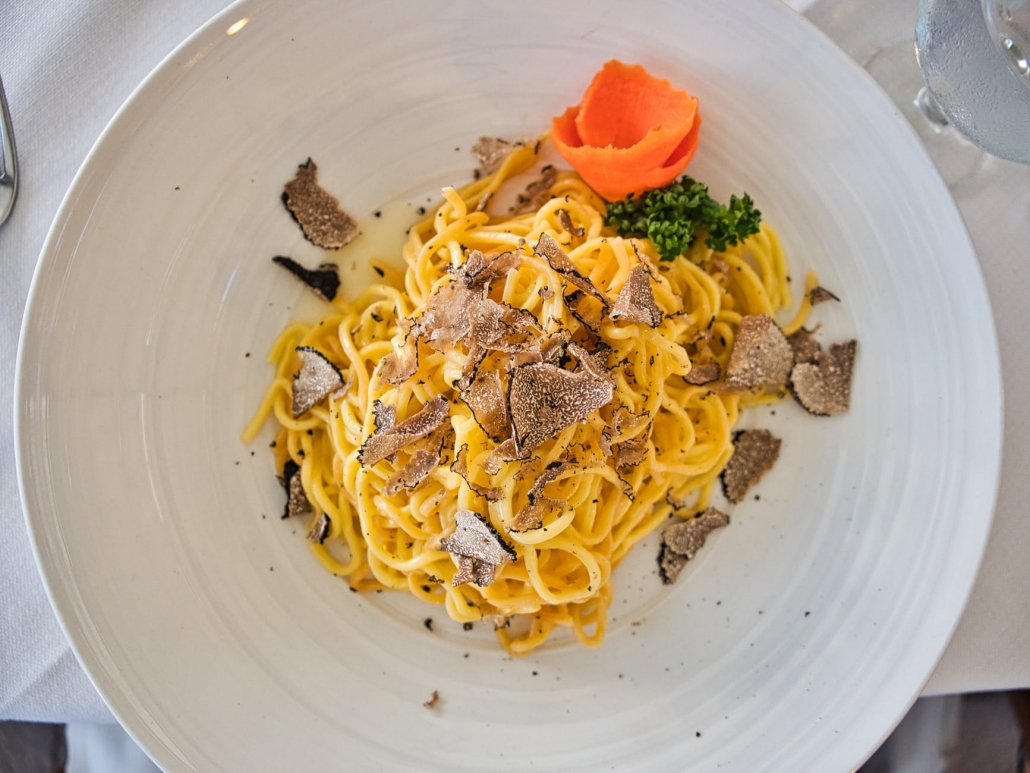
Taste the treasure of Motovun
- Truffle hunt before you eat it – you can join an experienced guide from Motovun-based firm Miro Tartufi, plus dogs Bela and Nera, and find these precious fungi while exploring unspoiled greenery.
- Enjoy an intimate meal at Pod Voltom – is the most prominent restaurant in town but also the most romantic. The menu is, of course, Istria-focused, truffles with many dishes, maneštra soup, fuži pasta, game, and asparagus, while the wines come courtesy of Arman, Kozlović, and Matošević.
- Restaurant Zigante – Restaurant Zigante was opened to present guests the possibilities of using truffles in culinary art and it is the first Croatian restaurant specialized for dishes with truffles.
- Feel the ancient time – The Mondo Tavern is located on a slope outside a large gate in the beautiful medieval town of Motovun. The ambiance exudes romance and is reminiscent of ancient times, and you will be greeted by a rich menu. In addition to truffles, you can taste other Istrian delicacies.
- Traditional dishes from the area in restaurant Pod Napun – A great choice on the approach to the outer gate, this intimate and friendly restaurant has a terrace with sweeping valley views.
- Konoba Dorjana – the Konoba Dorjana is all about pairing what’s in season – wild mushrooms, asparagus, snails, truffles – with a suitable staple, polenta, pasta, and so on. Everything there is like you are home, no fuss, no formality.
After tasting truffles, you can take a walk and visit the natural beauty of Motovun
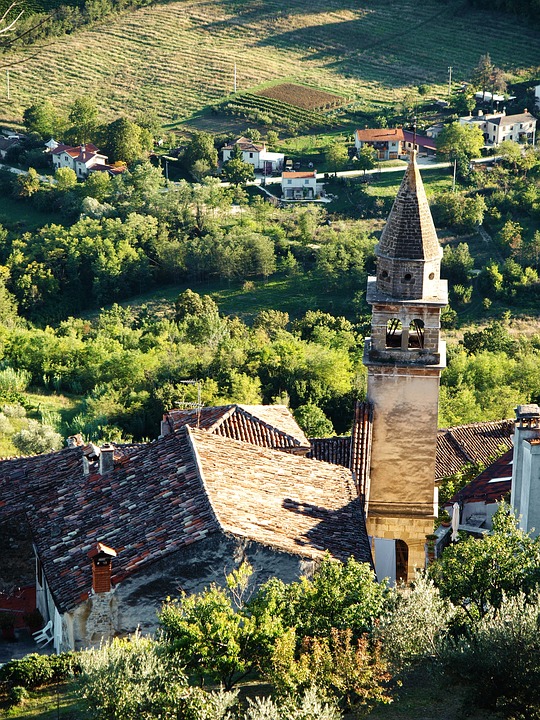
- Motovun has many vantage points from which you can see the highest mountain in Istria, Učka, as well as the sea near the town of Novigrad.
- Lovely hidden gardens – Town Walls takes only 10 minutes but visiting the walls does give you the chance to peek into some lovely hidden gardens, as well as access to an exhibition of local landscape photographs housed in the tower above the outer gate.
- Just outside Motovun, “Motovunska šuma” is a small area of forest protected by Natura Histrica, the same body responsible for Brijuni National Park and Učka nature reserve. Feel the peace and breathe.
- Vespa tour Ista – Soak up the nature and historic sites of the unique Istrian hilltop towns. Make a lovely photo and enjoy the wind in the hair.
- Bring your memories home – Motovun has many little boutiques and galleries where you can buy souvenir or truffle products.
If you go to Motovun in summer you can enjoy in Motovun film festival. It is primarily dedicated to the films from small cinematographies and independent productions. Motovun wants to be a small festival – in everything except in its ambitions and quality. Motovun film festival is a festival with a soul.
Feel Motovun because there is so much to show. Try Motovun and enjoy Motovun.

